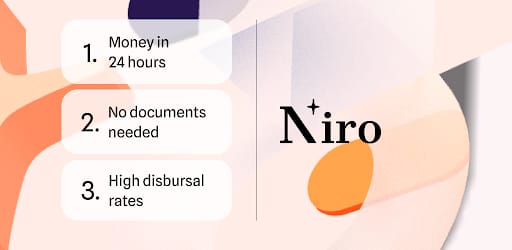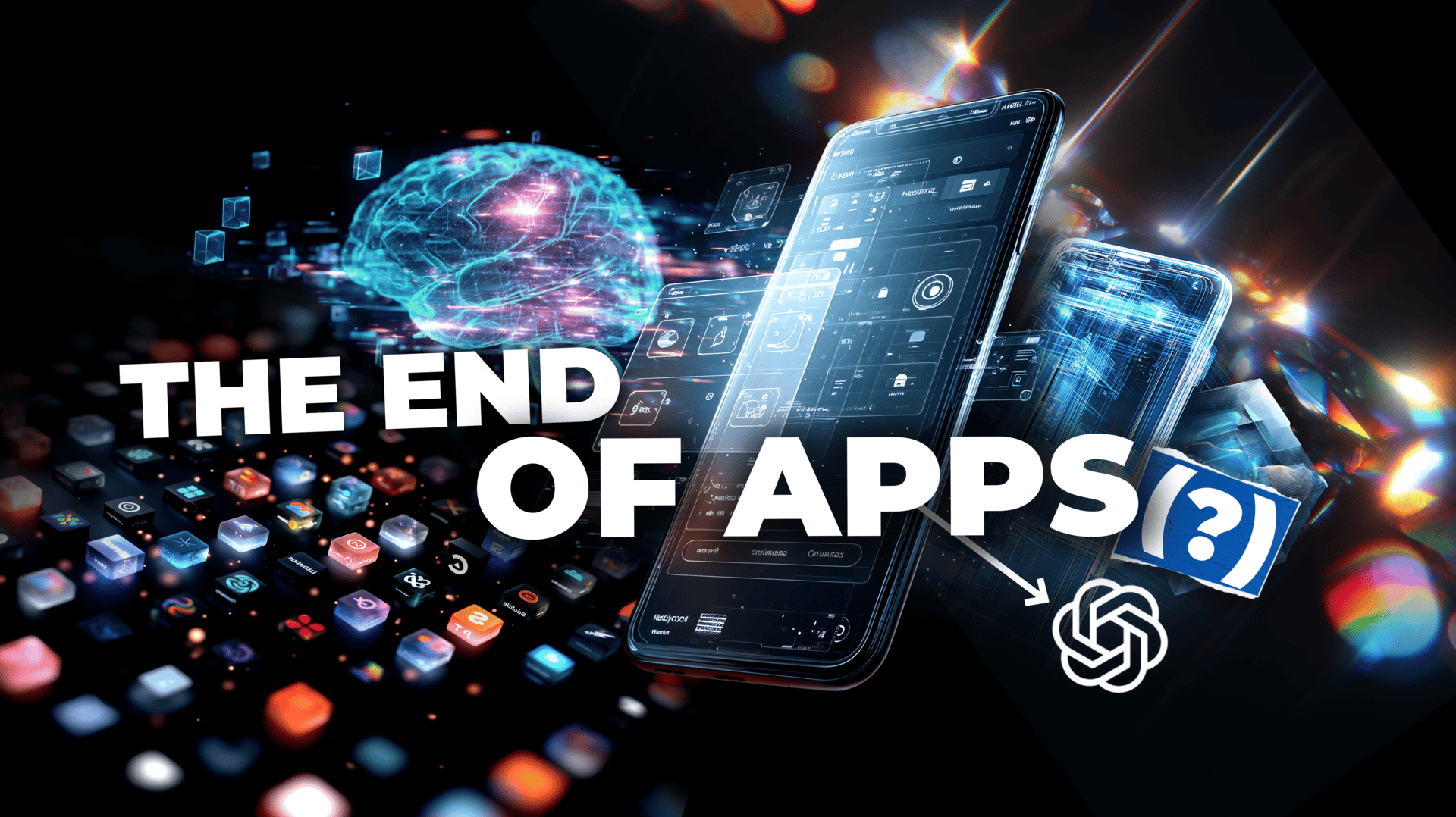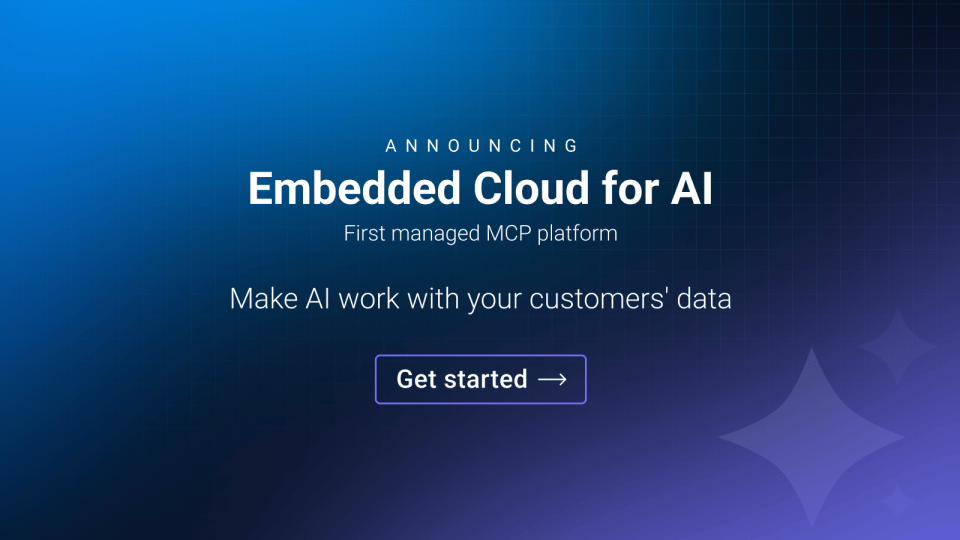- Failory
- Posts
- Fintech Without Funding
Fintech Without Funding
Niro shuts down after raising $20M amid funding and regulatory challenges.
Hey - It’s Nico.
Welcome to another Failory edition. This issue takes 5 minutes to read.
If you only have one, here are the 5 most important things:
Niro, a startup that offered unsecured loans in India, has shut down. Learn why below
Handling Multiple ICPs as a Solo Founder.
The EU will propose a unified startup regime.
n8n bags $180M Series C.
OpenAI launched Apps in ChatGPT (again?), opening up new opportunities to build apps that live natively inside the chat interface. Learn more below
Scale faster, build great AI experiences, keep users in your product AD
Software leaders, your product and engineering teams are racing to build AI copilots and agents into your products. But AI is just an expensive chat interface without access to your customers' data.
With Embedded Cloud for AI, the first managed Model Context Protocol (MCP) platform, you can provide your copilots and agents with secure, real-time access to 270+ customer data sources through one simple connection.
Your customers can ask questions in natural language and make updates across all their data sources directly within your UI.
You'll keep users in your product by surfacing real-time information they can trust and act on immediately.
Transform copilots and agents from basic answer-givers into true discovery and decision partners, while CData handles the data connectivity layer.
This Week In Startups
🔗 Resources
The Ultimate SaaS Messaging Framework for early-stage Startups.
How to turn ChatGPT into your best pipeline source.
Handling Multiple ICPs as a Solo Founder.
Ghostwritten LinkedIn content for founders ready to grow. Playbookz guarantees 50k qualified, targeted reach in the first 28 days of posting or you don't pay. *
📰 News
Anthropic to open its first India office in 2026.
The EU will propose a unified startup regime in 2026 to replace 27 national systems and ease cross-border growth for scaleups.
Sora hit 1M downloads faster than ChatGPT.
Google launches its AI vibe-coding app Opal.
💸 Fundraising
n8n bags $180M Series C, bringing its valuation to $2.5B.
Routefusion raises $26.7M Series A to expand its payments infrastructure.
David AI secures $50M Series B to further develop its AI audio/data tech.
Base Power raises $1B to deploy home batteries everywhere.
* sponsored
Fail(St)ory

Fintech Without Funding
Fintech startup Niro shut down this week.
The Bengaluru, India-based embedded-lending startup ceased operations after four and a half years in business, citing difficulties in raising fresh capital and increasing regulatory challenges in the sector as the main drivers behind the decision.
What Was Niro?
Launched in 2021 by Aditya Kumar and Sankalp Mathur, Niro built a platform to embed instant personal loans into consumer internet platforms, including Snapdeal, Quikr, and Housing.com.
The company offered unsecured loans in the range of 50,000-700,000 rupees (approx. 563-7,882 U.S. dollars), typically disbursed through partner financial institutions (e.g., L&T Finance, Muthoot Finance) without collateral.
At shutdown, Niro had raised close to $20 million from investors, facilitated $200 million in loan disbursements, and formed 30 partnerships, but execution alone wasn’t enough to keep Niro’s doors open.

The Numbers
📍 Founded: 2021, Bengaluru, India
💸 Total raised: $18.7M over 5 rounds
💰 Latest funding round: $4.3M, April 17, 2024
👥 Team: ~289 (before shutdown)
🤝 Partnerships: ~30
💵 Loan disbursements: ~$200M
🕐 Duration: 4.5 years (2021-2025)
Reasons for Failure
Reduced VC funding for digital lending: Over the past eight months, VC funding in digital lending has dropped nearly 50% in India. Despite earlier raises, Niro failed to secure additional funding when it mattered most. In its founder’s own words: “Despite scouring the globe for capital … I was unable to bring this one home.”
Regulatory tightening: The unsecured lending space in India is under growing regulatory pressure. Platforms offering instant loans without collateral are facing stricter oversight, pushing many toward secured products.
Distribution and data challenges: Niro’s founder noted that financial institutions lack proprietary channels and differentiated data for underwriting. On the flip side, consumer Internet platforms have reach but lack financial domain expertise. Connecting the two in a highly regulated space proved harder than expected.
Why It Matters
Embedded finance remains a compelling sector, but it’s deceptively complex. Achieving success requires striking a delicate balance between trust, regulation, risk, and distribution.
Timing and capital can trump innovation in Fintech. Even with traction and backing, you can’t outrun a frozen funding environment or shifting industry regulations and complexities.
Trend

The Week ChatGPT Became an App Store
OpenAI dropped some major news this week in what feels like a major shift for its flagship ChatGPT platform: a new way for developers to build apps that run directly inside ChatGPT.
At DevDay 2025, OpenAI unveiled its plans for apps inside ChatGPT with the launch of the Apps SDK, giving developers full-stack access to build fully interactive applications within ChatGPT itself. Developers can use the Apps SDK to go beyond custom GPTs and create rich, functional software experiences that live natively inside the chat interface.
Everything shipped at DevDay [2025] 🧵
— OpenAI (@OpenAI)
10:31 PM • Oct 6, 2025
What Apps SDK Is
The new Apps SDK turns ChatGPT into a hosting platform for third-party tools. Developers can now build apps that render visuals, handle user input, and connect to external APIs — all from within an AI-powered chat window.
Imagine asking ChatGPT to “book me a flight to Lisbon” and instantly seeing an Expedia interface appear in the conversation — no browser tab, no redirection. Or instructing ChatGPT to “make a playlist for rainy mornings,” and the AI puts together a new Spotify playlist within your chat that you can start listening to instantly.
In the words of OpenAI CEO Sam Altman, this launch “...will enable a new generation of apps that are interactive, adaptive, and personalized, that you can chat with.”
Why It Matters
ChatGPT just went from a conversational AI tool to an app-hosting platform. With the Apps SDK, ChatGPT becomes a host for an entire ecosystem of AI-native apps, each able to deliver full experiences through conversation.
App distribution is being reinvented. Instead of hunting for apps in an app store, users discover them in context. You ask a question, and ChatGPT recommends the right tool. App discovery becomes intent-driven, not search-driven.
Developers have new opportunities to monetize. Contextual placement inside the chat creates direct pathways for engagement, in-chat transactions, and subscription models. Developers who design apps that integrate seamlessly into conversations could unlock new revenue streams.
It redefines user interfaces and experiences. Apps don’t compete for homescreen real estate anymore — they compete for conversational relevance. ChatGPT is turning into a unified workspace where interaction replaces navigation.
The Bigger Trend
This is the beginning of AI-native third-party platforms, resulting in a more cohesive digital ecosystem where conversation is the interface and intent is the input.
We’ve seen similar trends in the past: operating systems birthed app stores and web browsers delivered extensions. Now, AI assistants are giving rise to conversational apps that live inside the chat itself, turning dialogue into a workspace and intent into action.
This hints at a future where you no longer have to “open the right app,” but rather talk with AI about what you want to do and the right app will simply appear in front of you, within a single conversational interface.
That's a wrap on DevDay [2025], all sessions are now live to replay.
youtube.com/playlist?list=…
— OpenAI (@OpenAI)
5:08 PM • Oct 8, 2025
For startups, this opens up new opportunities to build apps for ChatGPT that bypass crowded app marketplaces. If you can build tools for niche workflows and intents, which slot seamlessly into the user’s conversational context, you will be well-positioned to capitalize on this new ecosystem.
Help Me Improve Failory
How useful did you find today’s newsletter?Your feedback helps me make future issues more relevant and valuable. |
That's all for today’s edition.
Cheers,
Nico
